Are you harvesting Hackberries?
Hackberries, also called Sugarberries, is one of those “did they really collect this?” fruits. Are they tasty? Yes. Nutritious? Yes. Easy to identify? Yes. So what’s the problem? There are two. The berries are rather sparse on the tree, and, the tree tends to be very tall. But that might be a 22nd century perspective. Very few of us forage full-time and in the distant past foraging all the time was the main occupation. So in the past the tall, thinly fruited tree might not have been seen as a questionable resource but rather an esteemed one.
The berries are sweet, the kernel inside tasty. They can be eaten raw or mashed into sweet cakes. When “sweet” was rare perhaps the tree was special rather than a harvesting pain. Hackberries are easy to identify. About the size of a pea, they’re burnt-orange berries on tall trees with warty, cork-like protrusions on the bark, particularly the lower main trunk. Hackberry leaves also have uneven shoulders, one is always lower than the other. The tree itself prefers damp soil to dry. It is a common resident of river banks, canals, lakes, truck farm roads, edges of swamps or on hammocks in swamps. It is not a tree you will find on the top of a dry hill. To read more about the Hackberry, click here.
Fireweed, Burn Weed… smelly… no matter what you call it this edible it’s making its winter appearance. In the Dirty Little Aster clan, Fireweed really doesn’t go away in the summer time. You’ll can find a ratty heat-tortured plant here or there. But Fireweed does favors cooler weather.
Nearly every food is an “acquired” taste except for mother’s milk. If there were, however, a list for plants that are an acquired taste Fireweed would be near the top. Like the fruit Surinam Cherries, you will either like it or you will hate it. Very few palate opinions fall in between. It’s called Fireweed and Burn Weed because it is often among the first plants to shoot after a fire has charred an area. While it is edible the natives used Fireweed primarily as a medicine. Also know there are at least two different plants with the common name of Fireweed or Burn Weed, both edible. The other is a tall perennial called Epilobium angustifolium which is in the evening-primrose family. To read about Fireweed, go here.
Mushroom follow up. You learned recently that the mushroom genus that causes the most deaths is the Amanita, of which there are plenty locally. But, what genus causes the most sickness as in alive but wishing you were dead? That would be the Chlorophyllum. You’ve all seen them, particularly here in the southeast: The ring of mushrooms on your lawn that pop up overnight. As you might expect CHLOROphyllum have green-gills and green spores. Why are they the most sickness-causing mushroom? Because they look similar to Lepiotas, which are edible. “Close” is not good enough. Identifications must be exact. Close only works with horseshoes and hand grenades.
A major news website has a feature called “11 trees you should not plant.” Included was the Silver maple (Acer saccharinum.) Ignore the fact we can tap it for sap to make maple syrup. The landscaper was against it because it has “weak, brittle wood that may break during severe storms. The shallow root system invades sewage pipes and drain fields, and is notorious for cracking driveways and walkways.” Not a problem if you have an environmentally friendly driveway. The Quaking Aspen (Populus tremuloides) which provides food and medicine, made the no-plant list because “its root system is insidious, sending up dozens of suckers that relentlessly try to turn into new trees.” Willow (Salix) which can be used to make a natural aspirin (and a famine food) was rejected because it “has an aggressive, water-hungry root system that terrorizes drain fields, sewer lines, and irrigation pipes. The wood is weak and prone to cracking, and the tree is relatively short-lived, lasting only about 30 years.” Eucalyptus, another source of food and medicine, was discouraged in the landscape because of “suddenly and unexpectedly dropping big, heavy, resin-filled branches. In some areas of Australia, campers are warned not to pitch tents under eucalyptus trees. Its showy bark peels off annually and adds to seasonal maintenance chores.” Tsk Tsk.
Also on the list was Mulberry (Morus) a tree I look forward to fruiting every spring. It’s delicious. Why put it on the list? “Big surface roots, lots of pollen, messy fruit, and shade so dense that grass refuses to grow underneath.” (Are you beginning to get the picture?) Another edible on the don’t-plant-tree-list is the tasty Black Walnut (Juglans nigra) From food to furntiture this native to North America is a well-known shade tree. Why shouldn’t you plant it, according to the home expert? It “also produces pollen and plenty of fruit that’ll drive you, well, nuts when you have to clean it all up in the fall. It’s true sinister side, however, is that it secretes growth-inhibiting toxins that kill nearby plants, wreaking havoc on flower beds and vegetable gardens.” The article clearly demonstrates that wild food is a matter of attitude.
In the category of Don’t Shoot The Messenger are two items in the news this past week. One is that making vehicles more fuel-efficient might be for naught because Americans are weighing more. Carrying around larger passengers is eliminating the savings made by fuel-efficient vehicles and actually increasing costs $1 billion a year. A 10% increase in body weight results in a 2.5% decrease in mileage. Not only are we larger but that has also necessitated bigger seats in cars, airplanes and ferries. In the latter two that means less passengers carried and higher fares. Our expanding girth has also created a demand for larger, reinforced toilets, hospital beds and super-sized coffins.
The other item is the call to make heated bike lanes for cyclists so they can pedal year round in northern climates. Heated paths, the proponents say, would reduce accidents caused by snowy roads and reduce the amount of salt used on winter roads. The heating system would be “passive” using buried pipes to save and use summer heat. However the pipes would have to be buried around 150 feet below the surface putting the cost at around $25,000 per mile. This appears to be a more attractive solution in Europe than America where bike lanes are more scarce and less used.
It is nice to see you see it my way for the next six months or so. Yep, it’s time for my semi-annual rant. Green Deane does not go on Daylight Savings Time. I stay on standard time all year. I take my meals at the same time and feed the animals at the same time regardless of the clock. Changing time messes me up physically for a long time, going each way. Thus I just stopped doing it. I just have to remember that for half a year the rest of you think you are an hour ahead of me, except folks in Arizona, the one state that does not change time twice a year. You can read some history about Daylight Savings Time here, or here. The other reason not to change is my wrist watch. I wear a true 24-hour watch. If I point the hour hand towards the sun, noon is always south (with some variation for time of year and latitude.)
This just came into the Green Deane Newsroom: The 2013 Florida Herbal Conference is officially scheduled and taking reservations. Green Deane will be teaching there. I was there last year as well and truly enjoyed it. And because you subscribe to this newsletter you can get 20% off the registration fee if you apply in time. Emily Ruff, she’s the coordinator over there to the right, says you have to apply for that discount before December 15th and you have to use the code EATTHEWEEDS. It’s that simple. In fact, here’s what the February event is all about:
Do you love herbs, healing, and the beautiful outdoors? Then join us for the second annual Florida Herbal Conference, which will be held February 15-17 2013 at Camp Winona in DeLeon Springs. With herbal teachers from around the state gathering to share their wisdom, participants will enjoy choosing from over 40 workshops, plant walks, and classes throughout the weekend, ranging from Clinical Herbalism to Kitchen and Garden Medicine. Recreational activities such as drumming, henna, yoga, singing, canoeing provide a variety of options to unwind and relax under the beautiful live oak trees. Enjoy evening keynotes and interactive musical experiences. Take home treasures from artisans and crafters in our Herbal Marketplace. A special keynote from herbalists Matthew Wood and Phyllis Light will inspire and enliven you, making this an event you won’t want to miss. The conference is hosted by the Florida School of Holistic Living. Camping is included in registration, and indoor cabin lodging is also available. Proceeds of the conference will benefit United Plant Savers. Register using the code EATTHEWEEDS and receive a 20% discount off of registration. To register, or learn more, visit www.FloridaHerbalConference.
Upcoming classes: Port Charlotte Nov 17th, West Palm Beach Nov 18th, Gainesville Nov 23rd, Ocala Nov 24th, Jacksonville Dec. 2nd.
To donate to the Green Deane Newsletter click here.

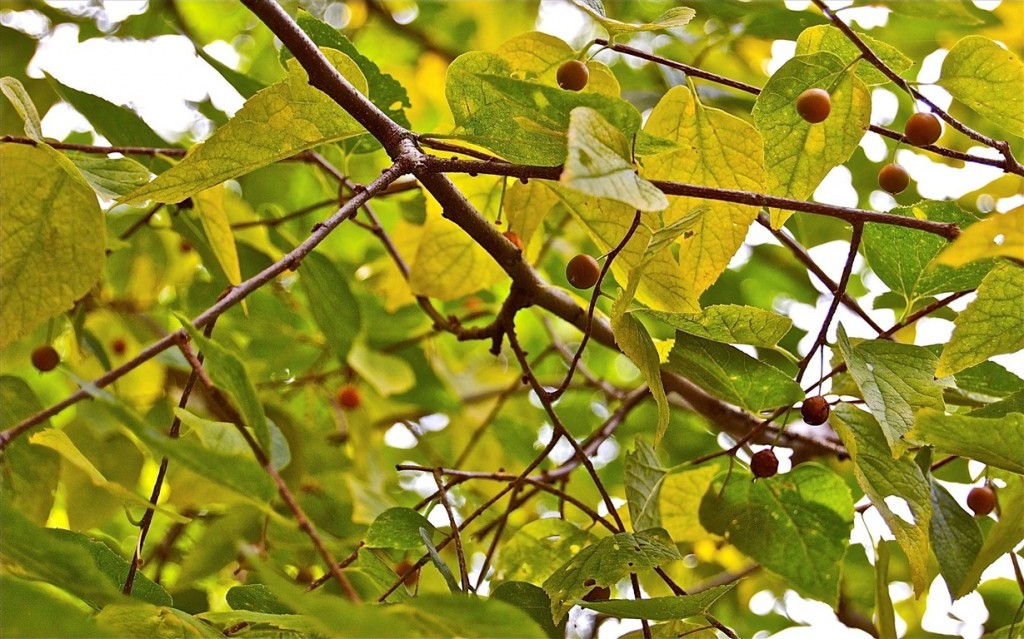
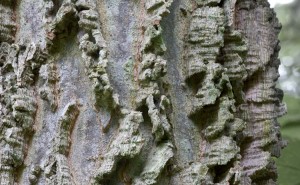
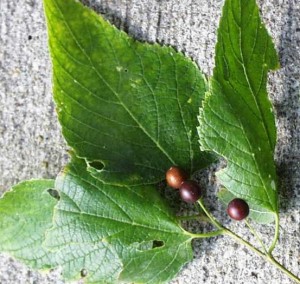
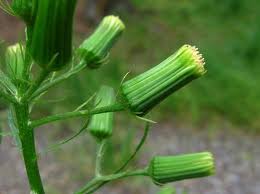
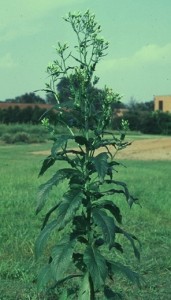
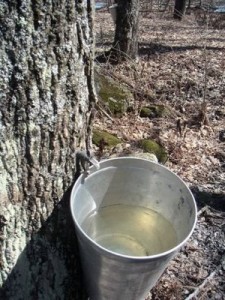
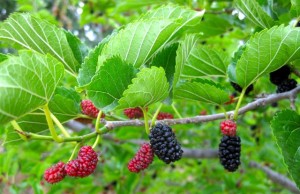

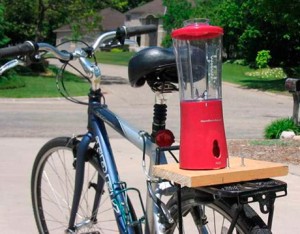


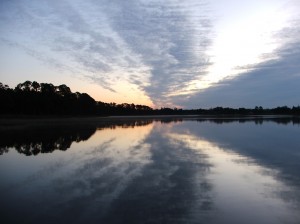

I really enjoy your website, Green. Today’s has lots of interesting stuff, e.g., the fruit on sugarberry, which volunteered in my yard 15 or so years ago. I don’t know where the mother tree is and I didn’t know it had edible berries. Loved your stupid ‘don’t plant these trees’ report. Duh. I love my messy mulberry tree. It feeds me and the birds. Will you be at Emily’s conference again?
Peggy
thanks, and yes I will be there.
Peggy and Green
Peggy, you came to Martin County and gave our native plant chapter a talk and food samples. You (and your husband) stayed with us, and you and I went horseback riding in the morning.
I love Green’s newsletters- I have to keep a watchful eye out to beat the birds and squirrels to the Mulberry fruit, I finally got a second tree. I have three small Hackberry trees, I didn’t know about the tasty berries, it makes sense with the other name of Sugerberry.
I did see a number of IO moth larva feeding on the Hackberry in my yard and I know the tree is host to the Hackberry Emperor butterfly and the Tawny Emperor butterfly. I read that the Snout butterflies eat Hackberry too! Sounds like one very good tree to me!
Thanks so much for this web-site!
Green, we would be honored to host you too!
When I was growing up we lived in a little ranch house in the very northeastern tip of California. This is a place that gets rather cold winters and occasional hot summers. One of the things I remember most of all was a delicious fruit that grew on a tree which was planted in the front yard. I remember first discovering this as most adventurous kids do. I thought in my boyish mind that it resembled an aggregate fruit and thus reasoned that it must indeed be edible. So needless to say my brothers and I enjoyed it every late spring. I returned to this place several years later to find that the people living there didn’t hold this delicious treat in such a high regard as did the boy growing up ther had. By the way I love your site and am proud to say I often spend hours learning about eating weeds and “other things too.”
I really enjoy your newsletters, but since I live in Idaho many of the plants you discuss are not native to my area. Can you suggest a similar website, newsletter, or blogger that explores and discusses primarily plants of the northwest?
Thanks… check out http://www.hollowtop.com/
I have a couple of trees in my woods that the bark looks like the Hackberry bark. Do they grow in Michigan?
It sure does…
Thank you, I love all your info!!
Sydney has heaps of hackberry trees from asia. plenty of the fruits fall, staining the sidewalks, and taste like dates. celtis asiatica
The fact that Mulberries and Black walnuts inhibit the growth of plants under them and provide food at the same time… I am seeing savings in my lawn mower bill and my grocery bill.
I love your independence in not changing your clocks, Deane. We had a friend who was over 80 who refused to change his clocks. He called it “Daylight Wasting Time”. His wife kept track of his appointments.
Daylight Wasting Time… I love it…
Like Arizona, we here in the United States Virgin Islands don’t participate in Daylight Wasting Time either. It’s great!
Love the newsletters….a lot of the Florida plants you talk about I’ve been finding here in the Caribbean.
I actually took a job once on St. Croix. Didn’t say long though, nice weather however…